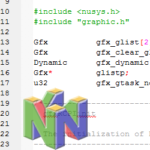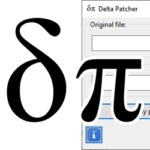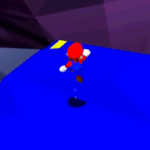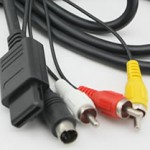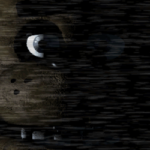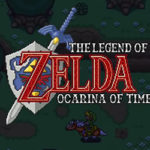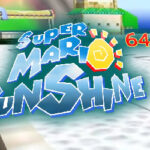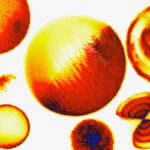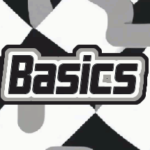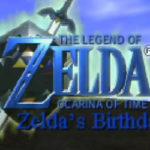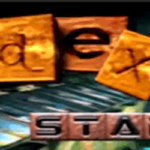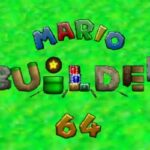N64 SDK Glossary

The Nintendo 64 SDK contains a lot of terms that need to be referenced often, this page will contain a full list of all terms used. The list will grow with time, so please be patient or contact me if you want one added.
Glossary
- Clipping
Clipping is a method that stops the rendering of graphics outside the scene to save resources. It has x, y and z limits. - Display List
A series of commands in an array that define how something should be displayed on screen. - Frame Buffer
A 2D array of pixel data that is to be sent over to the N64’s video output that will be seen on the screen. - Makemask
Makemask is a tool from the N64 SDK that adds a mask to a compiled ROM, which pads the file and adds CIC information. - NuSystem
NuSystem (or nusys) is a library used to simplify some of the N64's operating system functions. - PI
The Parallel Interface (PI) is the port on the top and bottom of the Nintendo 64, commonly known as the cartridge slot and the 64DD slot respectively. - Psy-Q
PSY-Q is a compiler used primarily to compile games for the Playstation 1 (PSX), but an also work for the Nintendo 64. - RDRAM
RDRAM (Rambus Dynamic Random Access Memory) is the in-console memory, used to hold data from the cartridge's ROM and other temporary data. The N64 has by default 4MB of RDRAM, 8MB with an Expansion Pak. - Reality Coprocessor
The Reality CoProcessor is one of the main chips in the Nintendo 64, used to process graphics. It consists of Reality Signal Processor (RSP) and the Reality Display Processor (RDP). - Reality Display Processor
The Reality Display Processor (RDP) is one of the two processors contained in the Reality Coprocessor, along with the Reality Signal Processor. The RDP is in charge of running through instructions contained in [glossary slug='display-list']display lists[/glossary]. It is also used as a rasteriser for drawing to the frame buffer. - Reality Signal Processor
The Reality Signal Processor (RSP) is is in charge of doing all the pre-processing and 3D vector manipulation including shading, lighting, texturing and working with the z-buffer. - ROM
ROM (Read-Only Memory) is a non-valitile that has been pre-recorded and isn't edited by the program running from it on the fly, unlike RAM. It is used to store game data on N64 cartridges, and as such the files output by the compiler are also known as ROMs. - Texel
A texel is pixel within texture space. Textures are arrays of texels which represent texture space. - TLUT
Texture Look-Up Table: An array of colours that is referred to by a Colour Index (CI) style texture to save memory on repetition. - TMEM
Texture Memory (TMEM) is the 4 kilobytes (4096 bytes) of on-chip, high-speed texture memory used to apply texture to a primitive. - Z-Buffer
A 2D array of pixel data that shows how deep each pixel is on the Z-axis.

